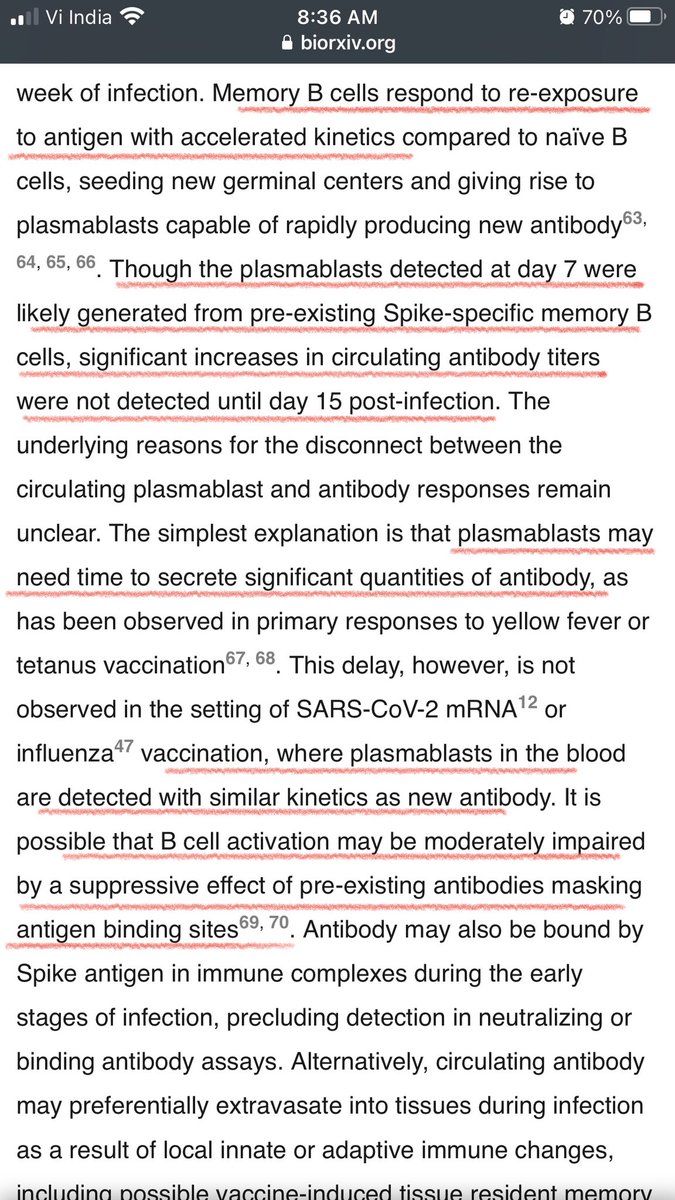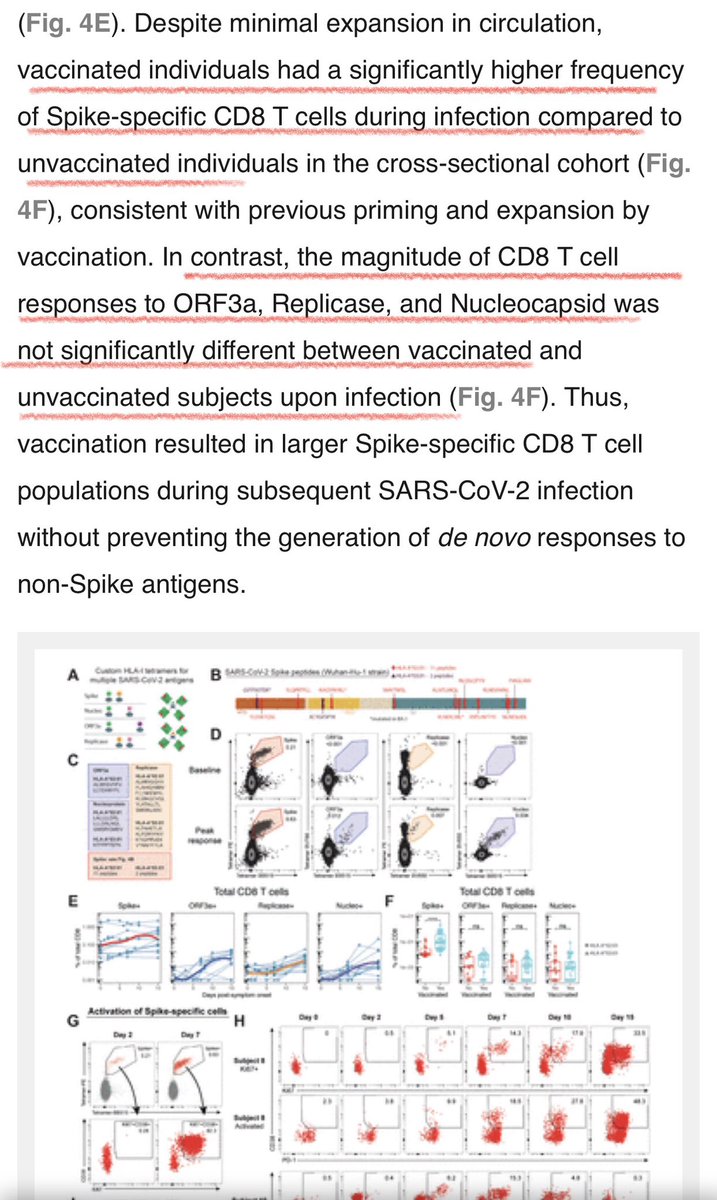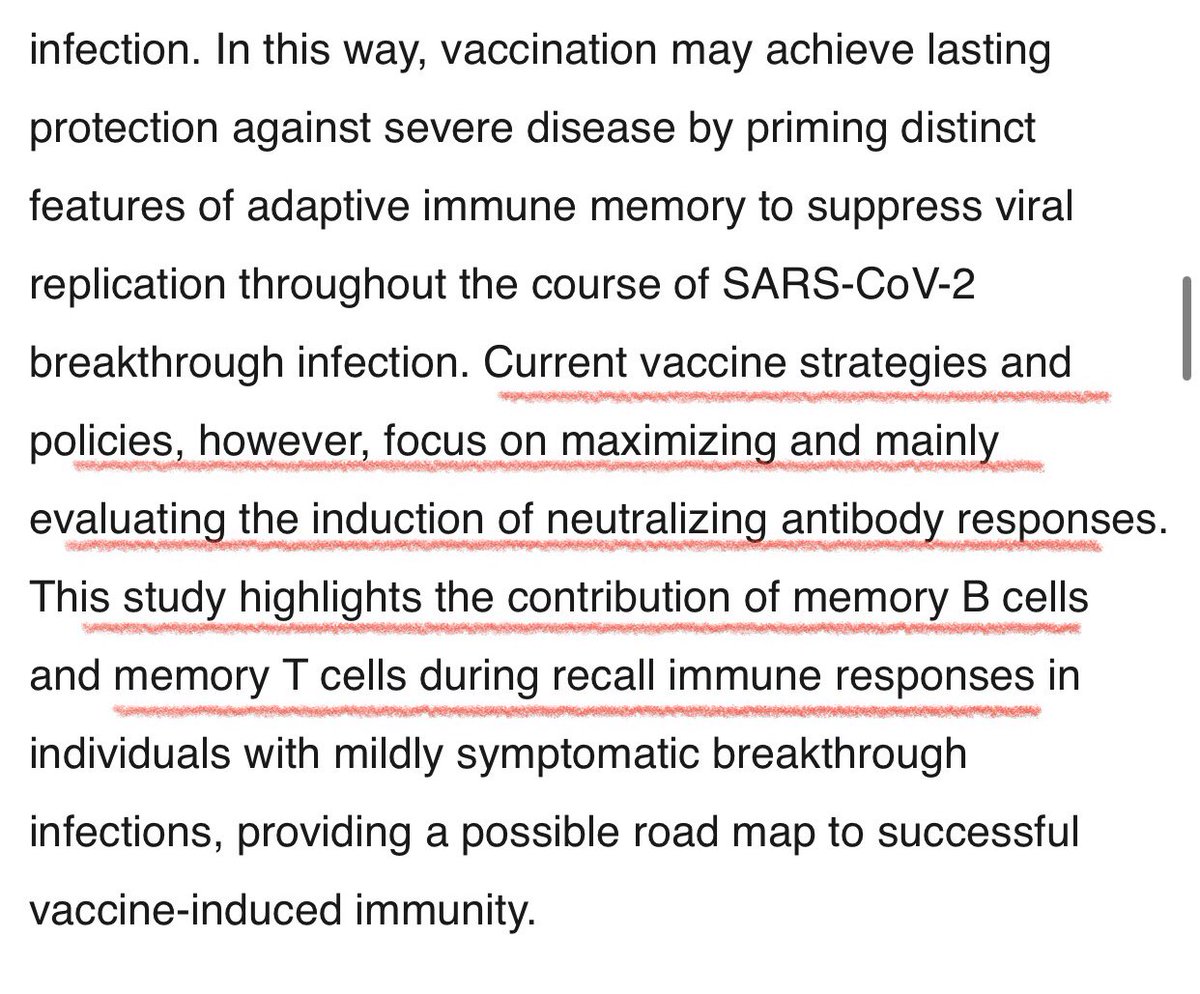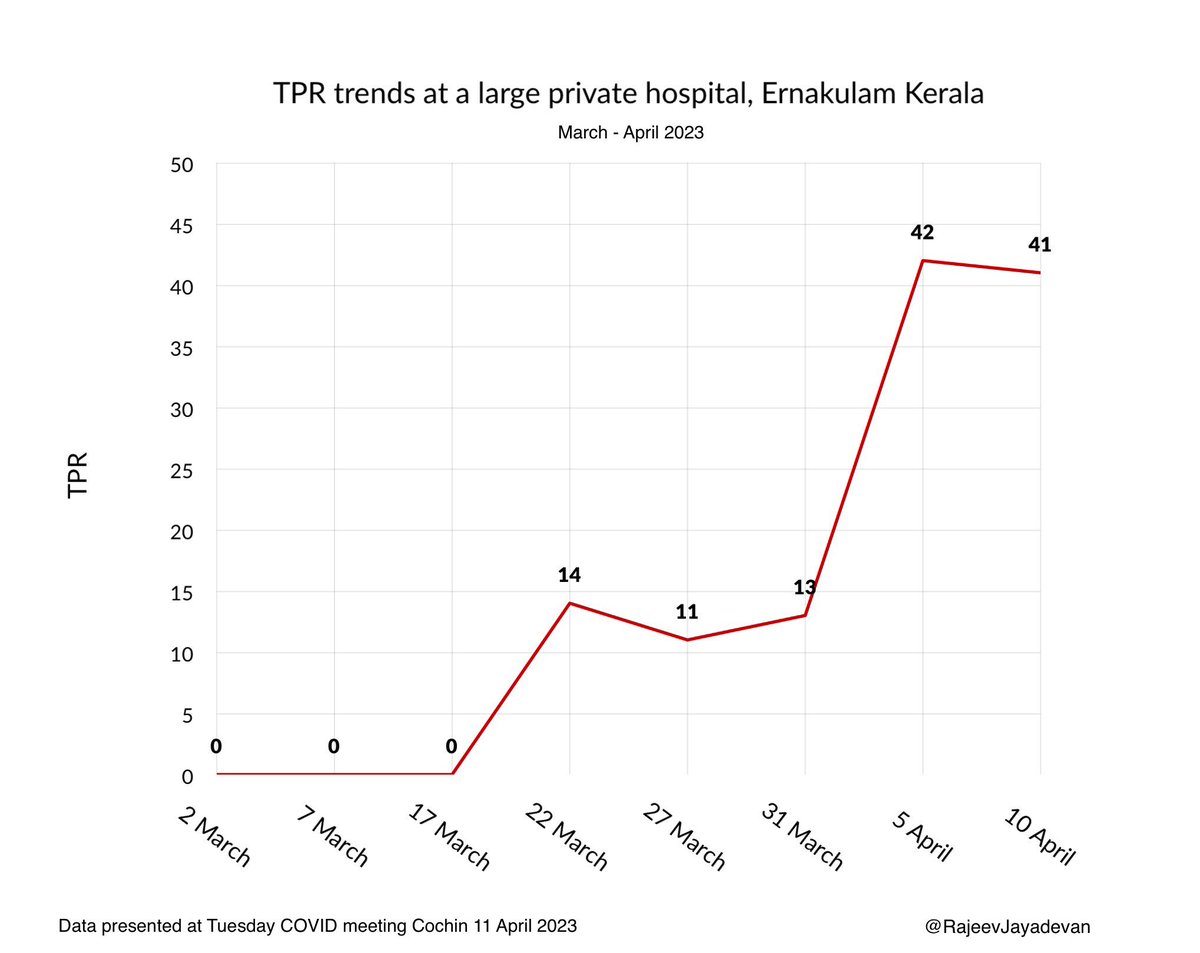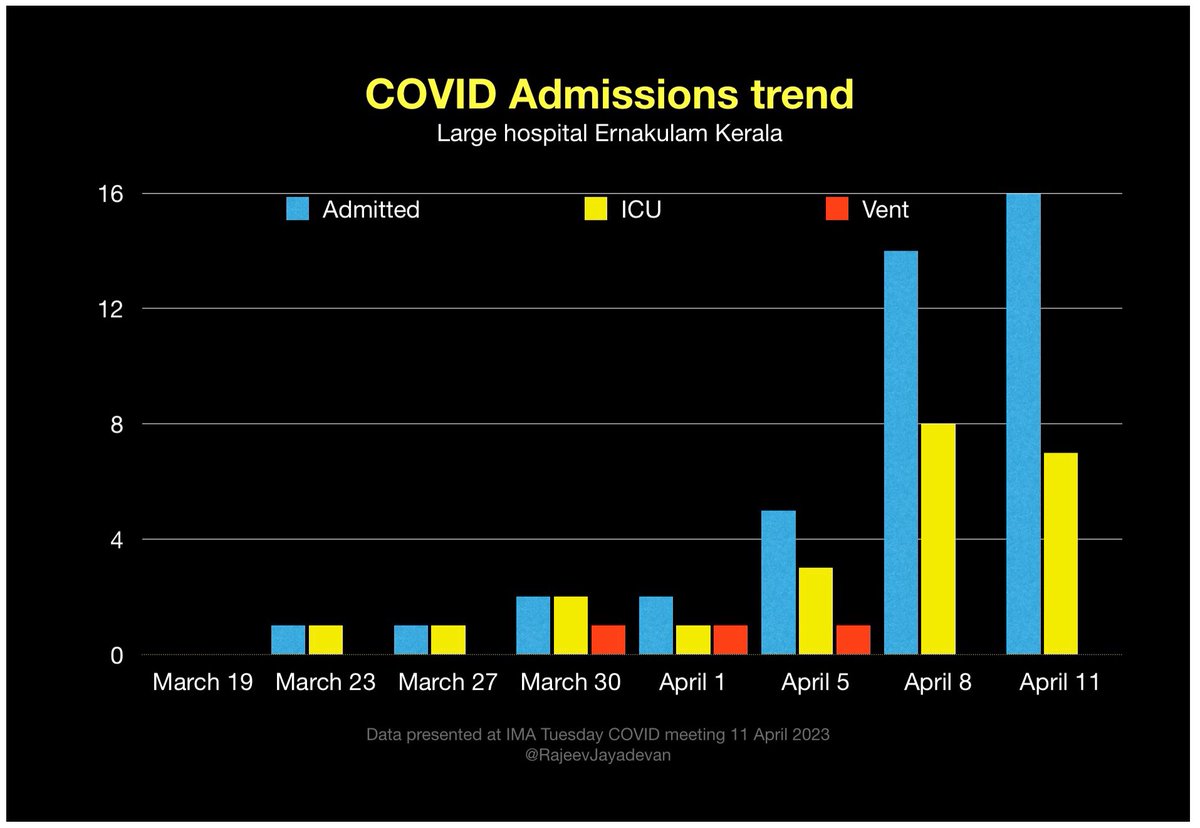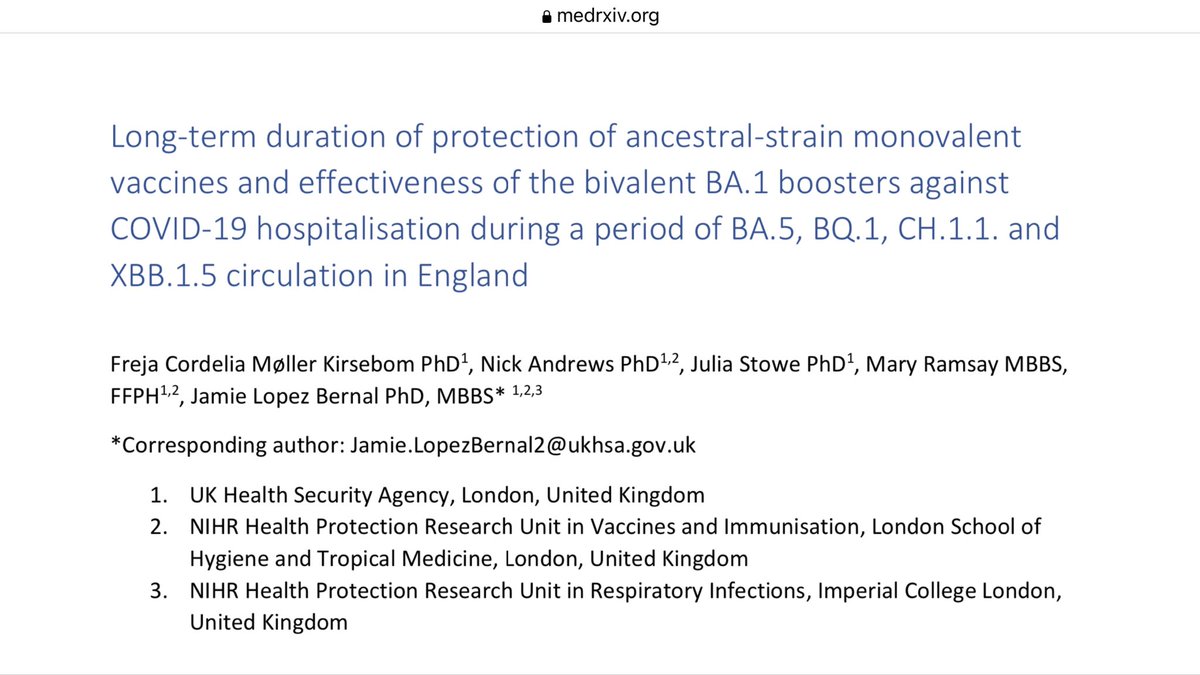Omicron is a stealth virus
Fascinating research from Germany reveals vital difference in antibody response to Omicron versus prior variants
Ongoing study of 1850 children since 2020
Very few developed antibody after Omicron infection (18%), versus 68% for prior variants
1/9



Fascinating research from Germany reveals vital difference in antibody response to Omicron versus prior variants
Ongoing study of 1850 children since 2020
Very few developed antibody after Omicron infection (18%), versus 68% for prior variants
1/9
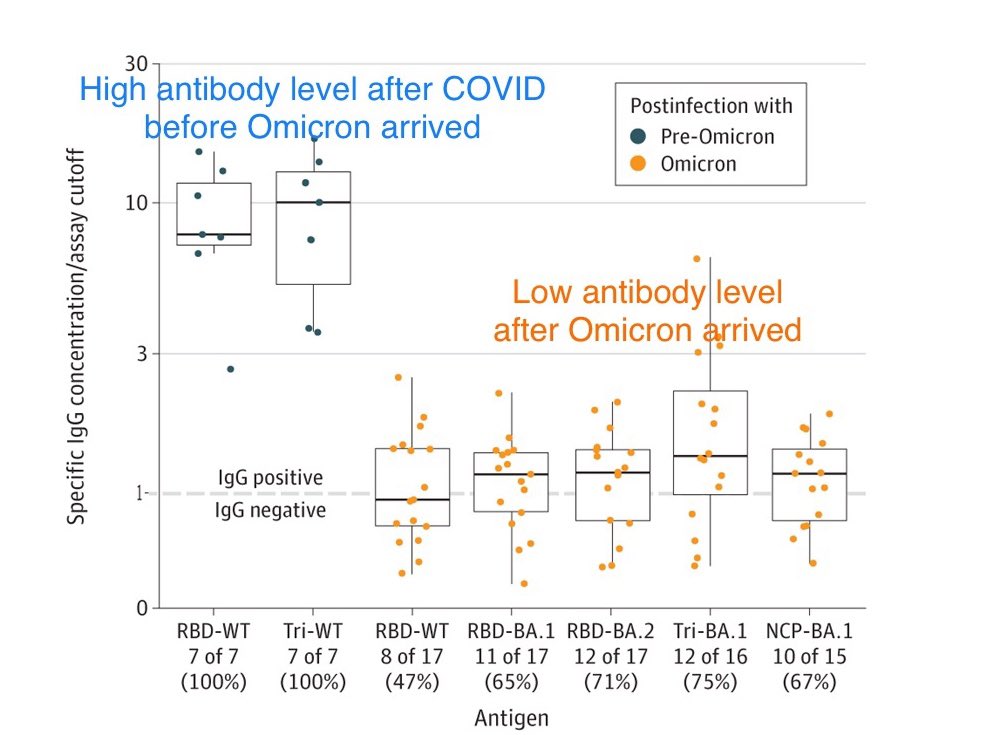

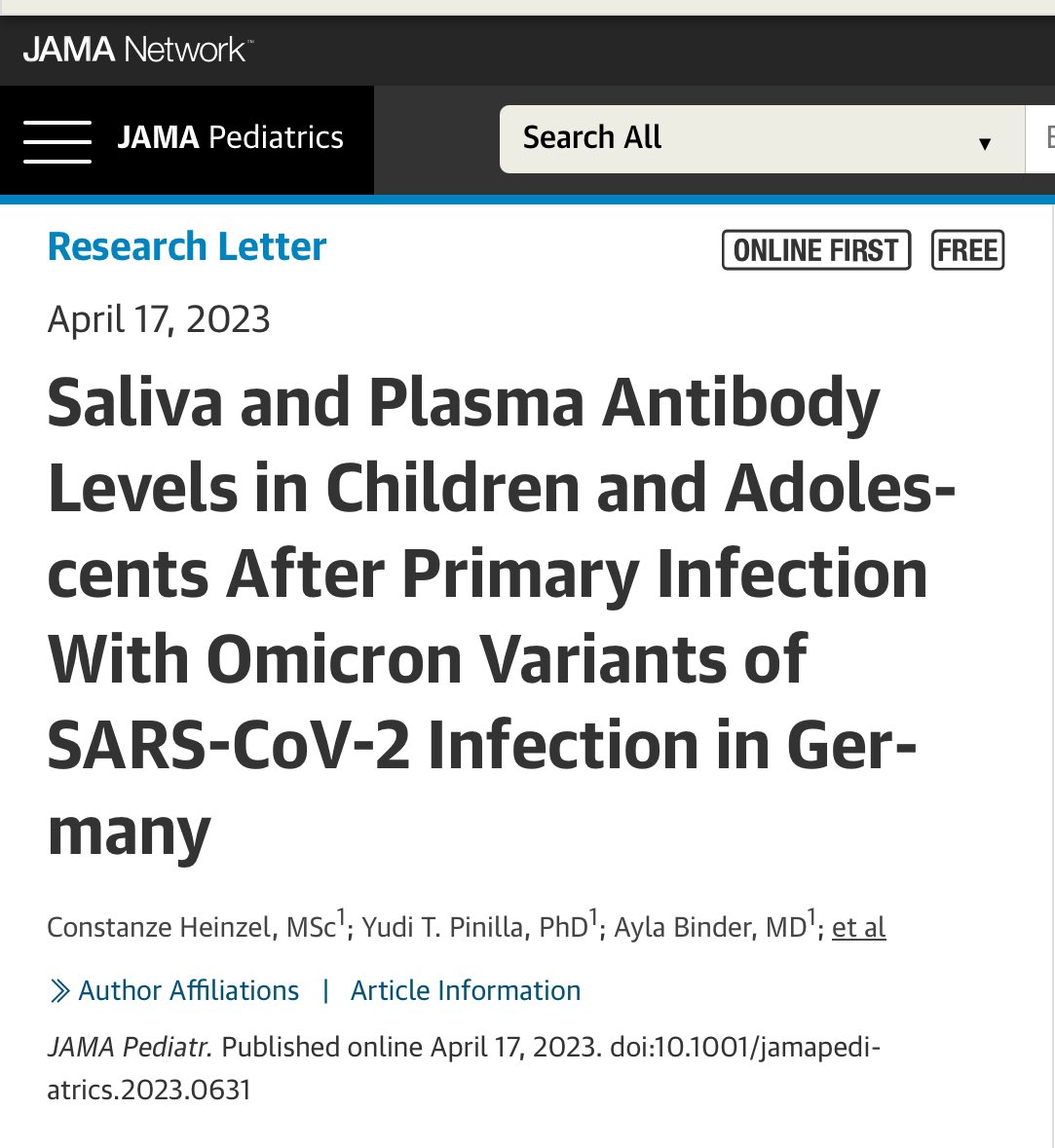
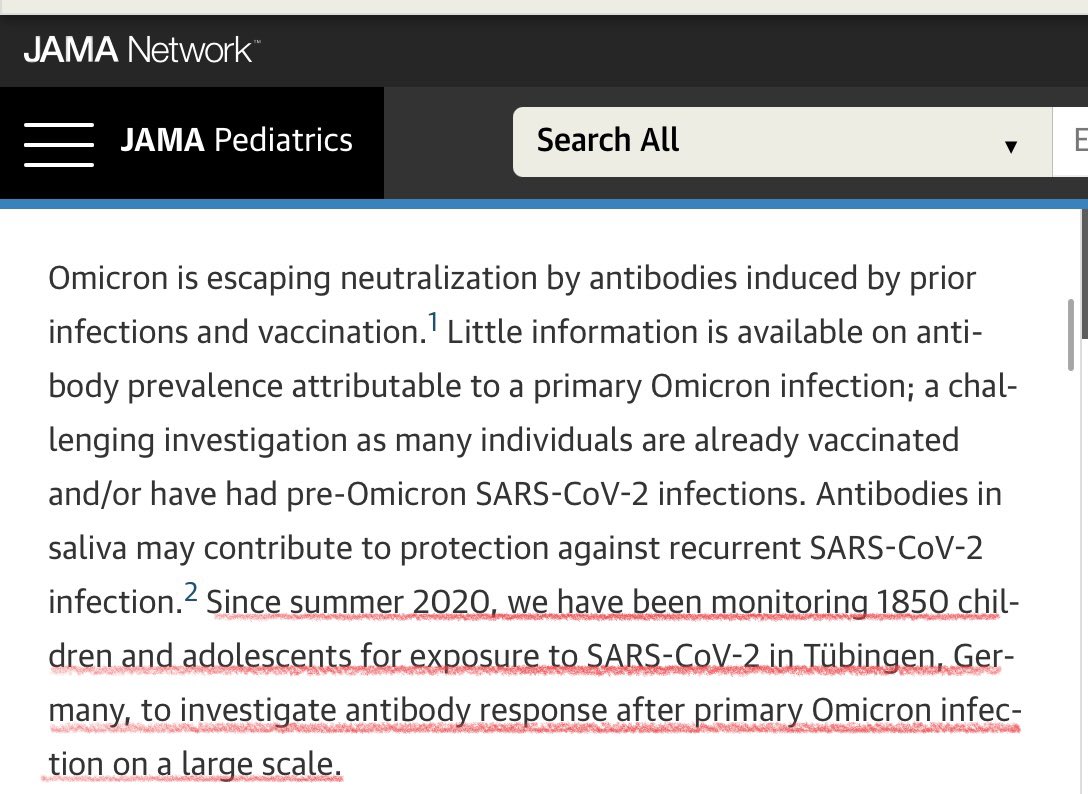
Such meticulously planned studies will help unlock the mysteries of the pandemic.
These authors have tracked 1850 children from the beginning of the pandemic, studying their immune response to infections by various forms of the virus.
2/
These authors have tracked 1850 children from the beginning of the pandemic, studying their immune response to infections by various forms of the virus.
2/
They measured antibodies found in blood as well as saliva.
Among children who never had prior infection or vaccination, there was a remarkable difference in their antibody response to various versions of this virus.
3/
Among children who never had prior infection or vaccination, there was a remarkable difference in their antibody response to various versions of this virus.
3/
We know seroprevalence studies (e.g. Delhi, India) had revealed high percentage of children, near 100%, had developed antibodies even before Omicron arrived (prior tweets)
That’s because children generated a robust humoral (antibody) response to that version of the virus
4/
That’s because children generated a robust humoral (antibody) response to that version of the virus
4/
They also studied a group of vaccinated children, all of whom had developed antibodies. People who had both pre omicron infection and omicron infection also made antibodies.
None of the infections were severe, whether vaccinated or not.
5/
None of the infections were severe, whether vaccinated or not.
5/
But once omicron arrived, there was a distinct change in immune response, at least among children.
❗️❗️❗️For those who were encountering the virus for the first time, very few in fact developed antibodies in the plasma and saliva (in the case of Omicron)
6/
❗️❗️❗️For those who were encountering the virus for the first time, very few in fact developed antibodies in the plasma and saliva (in the case of Omicron)
6/
The study has several implications.
We know that omicron is capable of repeatedly infecting people often without their knowledge.
Authors believe that it is perhaps the failure of antibody response - rather than the quality of antibodies - that results in this phenomenon.
7/
We know that omicron is capable of repeatedly infecting people often without their knowledge.
Authors believe that it is perhaps the failure of antibody response - rather than the quality of antibodies - that results in this phenomenon.
7/
Also tells us that doing serology studies will not help determine how many had omicron infection, because of the failure to generate antibodies. (Of course this only applies to first immune exposure)
8/
8/
People may go through several bouts of omicron infection, because the prior bout might not generate enough antibodies to prevent a subsequent infection.
This could potentially explain the observation of intervals as short as one month between infections (prior tweets)
9/9
This could potentially explain the observation of intervals as short as one month between infections (prior tweets)
9/9
This early study from South Africa showed the stealth nature of Omicron, many people were carrying it in their noses, a phenomenon not observed with pre Omicron variants.
Note this study was done at a blood bank, among donors.
Note this study was done at a blood bank, among donors.
https://twitter.com/rajeevjayadevan/status/1560304469862404096
Ignore the politics, but this news article from 10 months ago is a record of the *shortest interval I am aware of* in between two bouts of Omicron. See thread above for context.
https://twitter.com/rajeevjayadevan/status/1536567182204628993
• • •
Missing some Tweet in this thread? You can try to
force a refresh

 Read on Twitter
Read on Twitter







